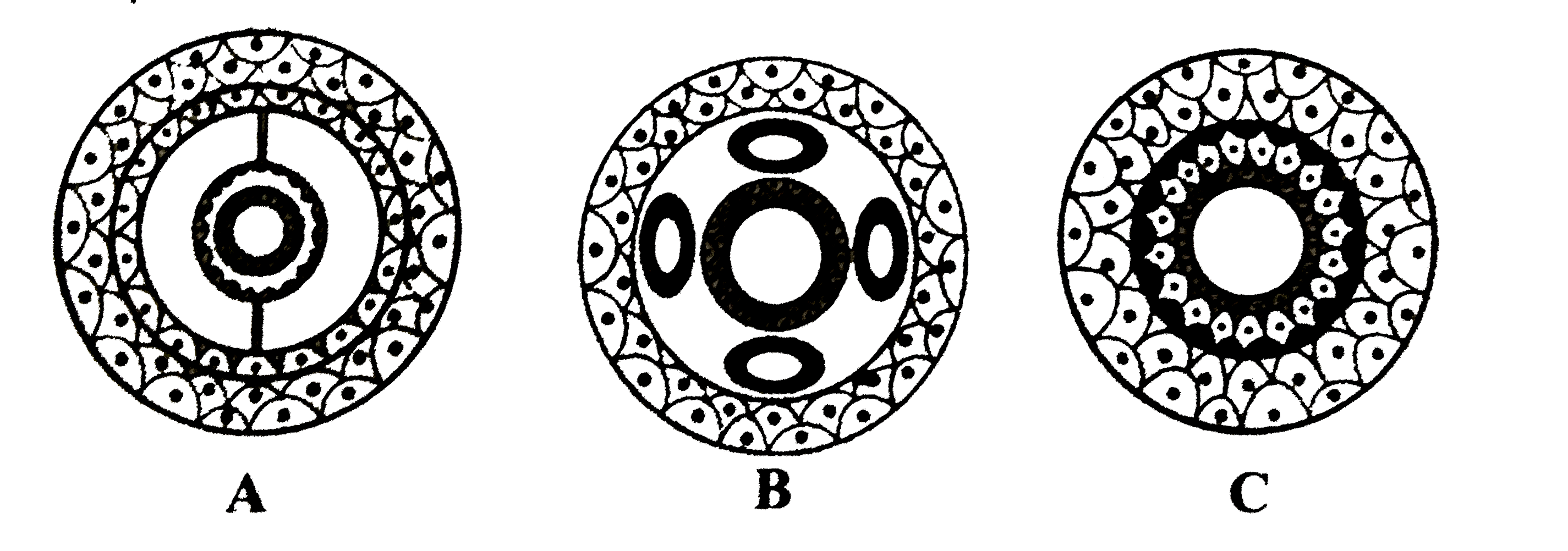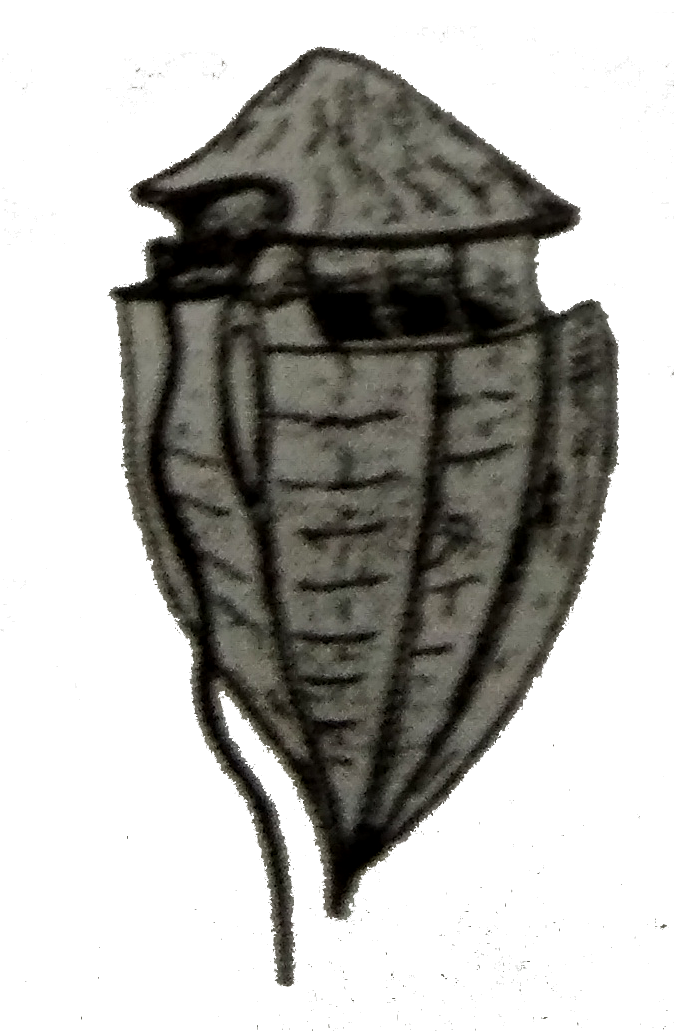Which group of organisms possess nematoblasts?
Step-by-Step Solution:
1. Understanding Nematoblasts:
- Nematoblasts are specialized cells that are also known as nematocytes or stinging cells. They are primarily used for defense and offense in certain organisms.
2. Identifying the Group of Organisms:
- The group of organisms that possess nematoblasts is called Cnidaria. This group includes various marine animals such as jellyfish, corals, and sea anemones.
3. Relation to Cnidaria:
- The term "Cnidaria" is derived from the word "nidoblast," which indicates the presence of these stinging cells. Cnidarians are also referred to as "coelenterates."
4. Cellular Structure:
- Within Cnidarians, nematoblasts (or nematocytes) originate from interstitial cells, which are modified epidermal cells. These interstitial cells are responsible for forming the nematoblasts.
5. Function of Nematoblasts:
- The primary function of nematoblasts is to produce nematocysts, which are organelles that enable the organism to sting and capture prey or defend against predators.
6. Conclusion:
- Therefore, the correct answer to the question is that the group of organisms that possess nematoblasts is Cnidaria.
---
- Nematoblasts are specialized cells that are also known as nematocytes or stinging cells. They are primarily used for defense and offense in certain organisms.
- The group of organisms that possess nematoblasts is called Cnidaria. This group includes various marine animals such as jellyfish, corals, and sea anemones.
- The term "Cnidaria" is derived from the word "nidoblast," which indicates the presence of these stinging cells. Cnidarians are also referred to as "coelenterates."
- Within Cnidarians, nematoblasts (or nematocytes) originate from interstitial cells, which are modified epidermal cells. These interstitial cells are responsible for forming the nematoblasts.
- The primary function of nematoblasts is to produce nematocysts, which are organelles that enable the organism to sting and capture prey or defend against predators.
- Therefore, the correct answer to the question is that the group of organisms that possess nematoblasts is Cnidaria.
Topper's Solved these Questions
- ANIMAL KINGDOMBOOK - ICSECHAPTER - ANIMAL KINGDOMEXERCISE - Test Your Progress (Short/Long Answer Type Questions )
29 Videos
- ANIMAL KINGDOMBOOK - ICSECHAPTER - ANIMAL KINGDOMEXERCISE - Test Your Progress (HOTS)
11 Videos
- ANIMAL KINGDOMBOOK - ICSECHAPTER - ANIMAL KINGDOMEXERCISE - Test Your Progress (Matching)
3 Videos
- ANATOMY OF FLOWERING PLANTS - PLANT TISSUESBOOK - ICSECHAPTER - ANATOMY OF FLOWERING PLANTS - PLANT TISSUESEXERCISE - REVIEW QUESTIONS (LONG ANSWER TYPE QUESTIONS)
20 Videos
- BIOLOGICAL CLASSIFICATIONBOOK - ICSECHAPTER - BIOLOGICAL CLASSIFICATIONEXERCISE - Ncert Exercises (Differentiate Between )
24 Videos
Similar Questions
Knowledge Check
The figures give below show the types of coelom. Identify them and select the correct group of organisms which possess tham.
 AABCAnnelidsAscheliminthesPlatyhelimthesBABCMolluscsArthropodsPlatyhelimthesCABCEchinodermsAschelminthesAnnelidsDABCEchinodermsArthropodsPlatyhelminthes
AABCAnnelidsAscheliminthesPlatyhelimthesBABCMolluscsArthropodsPlatyhelimthesCABCEchinodermsAschelminthesAnnelidsDABCEchinodermsArthropodsPlatyhelminthesWhich group of organisms is represented by the given figure?
 ADiatoms and desmids (golden algae)BDinoflagellatesCBacteriaDEuglenoids
ADiatoms and desmids (golden algae)BDinoflagellatesCBacteriaDEuglenoids
In which group of organisms the cell walls form two thin overlapping shells which fit together
View SolutionIn which group of organisms the cell walls form two thin overlapping shells which fit together
View SolutionIn which group of organisms the cell walls form two thin overlapping shells which fit together
View SolutionWhich of the following organisms possesses characteristics of both a plant and an animal?
View SolutionWhich of the following organisms possess a skeleton made of
calcium bicarbonate ?
View SolutionIn which group of organisms, reserve food is stored in the form of glycogen and fat ?
View Solution